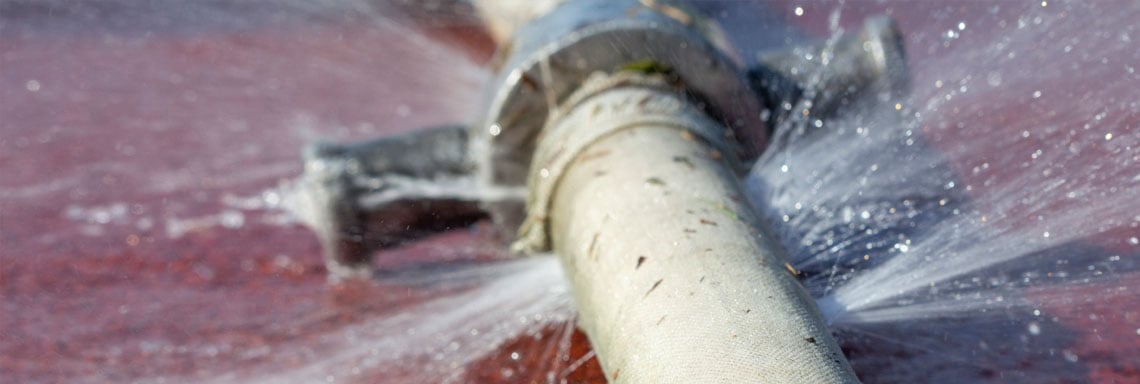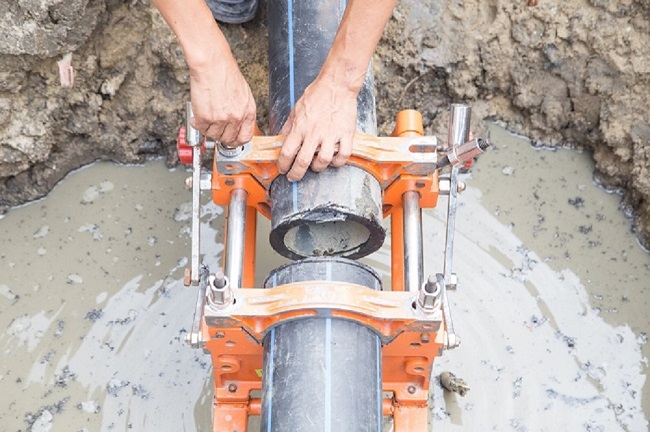Identifying a Pipe Burst and Swiftly Restoring It Efficiently
Identifying a Pipe Burst and Swiftly Restoring It Efficiently
Blog Article
We have stumbled on this article about How to install a dishwasher safely down the page on the net and concluded it made sense to relate it with you in this article.

A burst pipeline is a major emergency; you can only stand as you enjoy water you pay dearly to rejoin with the planet. In worse situations, you see a swimming pool on your kitchen area flooring, which is an excellent trip hazard, specifically if you have children around. If the pipeline that burst remained in your wall surfaces, bad news: you may require to repaint that whole section.
Exactly how can a disaster like a ruptured pipe be avoided and also taken care of? Well, by paying attention to your specialist emergency plumbing professionals and complying with these regulations.
Exactly how do I recognize when my pipes have ruptured?
Rising and fall water pressures
Pipelines do not just burst in a day. You might have noticed that your kitchen faucet or shower doesn't run quickly when you turn the tap. It may stop briefly for a couple of seconds and after that blast you with even more force than normal.
In various other circumstances, the water may seem regular at first, then decrease in pressure after a few secs.
Damp walls and water spots
Prior to a pipe bursts, it will certainly leakage, most times. If this consistent dripping goes unnoticed, the leakage might graduate into a large gash in your pipe. One simple means to avoid this emergency is to look out for wet walls ad water spots. These water discolorations will certainly lead you right to the leak.
Puddles under pipelines and also sinks
When a pipeline bursts, the discharge creates a puddle. It might show up that the pool is expanding in size, and also despite the number of times you wipe the pool, in a couple of mins, there's another one waiting to be cleaned up. Usually, you may not be able to trace the pool to any visible pipelines. This is an indicator to call a specialist plumber.
Untraceable trickling sounds
Pipeline bursts can happen in the most undesirable areas, like within concrete, inside wall surfaces, or under sinks. When your home goes quiet, you might be able to hear an irritatingly consistent leaking noise. Even after you have actually examined your shower head and kitchen faucet, the trickling may continue.
Precious viewers, the leaking might be coming from a pipe inside your walls. There isn't much you can do regarding that, except tell a professional plumber.
Shut off the Water
When water ices up, it increases in volume by about 9 percent. And also it broadens with incredible force: The pressure inside pipelines might go from 40 pounds per square inch to 40,000 psi! No pipe can hold that much stress, so it bursts. The break may take place where the ice kinds, however more often, it takes place where water stress finds a weak point in the pipeline. That may be inches or perhaps feet from the frozen area. Discover the water shutoff valve as well as shut off the water to prevent even more damages. You may likewise need to shut down the power also, depending upon where the leaks takes place as well as exactly how big it is.
Infected water
Many individuals presume a burst pipeline is a one-way outlet. Quite the contrary. As water spurts of the hole or tear in your plumbing system, pollutants find their method.
Your water may be contaminated from the resource, so if you can, inspect if your water container has any type of problems. Nonetheless, if your drinking water is supplied and detoxified by the city government, you must call your plumber right away if you see or smell anything amusing in your water.
What do I do when I spot a burst pipeline?
Your water meter will certainly remain to run also while your water wastes. To decrease your losses, find the primary controls and also transform the supply off. The water mains are an above-ground structure beside your residential or commercial property.
How to Fix & Detect a Leaking Pipe
How Do I Know if a Pipe is Leaking?
Leak detection tests can help you determine if your pipe has a leak. Even if you don’t see an apparent leak, you should still conduct leak detection tests regularly to save water and money—and prevent major damage to your home.
Water meter. It can be helpful to figure out what your usual water meter usage numbers are and then monitor them regularly. To monitor your meter, first, turn off all water faucets in your home. Check the meter and write down the numbers. In a few hours, check the meter again. If the numbers have changed, you have a leak. Water gauge. Use a water gauge to test your water pressure. Your showerhead should produce a certain amount of water pressure based on its model and design. If the pressure is lower than it is supposed to be for that specific showerhead, your home likely has a leak. Puddles. Look inside your bathroom, laundry, and kitchen sink cabinets. Puddles around the cabinets or around toilets, tubs, showers, and washing machines indicate the presence of a leaking pipe. You may also notice loose tiles, peeling or flaking paint, or mold caused by water accumulation. Napkin test. Even if you don’t see any puddles, you may still have a leak. You can test for water leaks in the bathroom, laundry, and kitchen by wiping below-sink connections with a napkin, paper towel, or piece of toilet paper. If it becomes damp, you probably have a leaking pipe under the sink. Discolored walls. Walls that are discolored—usually with brown or yellow stains—or bulging might mean that they have been impacted by water damage caused by a leaking pipe. Smell. A leaky pipe will create sitting water, and over time, that water may develop a musty smell. If your home smells musty, but you can’t locate the source, it may be due to a leak. Steps for Fixing a Leaking Pipe
A leaky drain can be remedied by tightening the pipe base, replacing the drain seal, caulking the rim, and tightening the pipe nut. Similarly, a leaking toilet pipe can be treated by tightening the packing nut. You may also need to replace the valve. A leaky faucet may just need tightening or replacement of the washers. If that doesn’t work, consider replacing your faucet. If your pipe has a hole in it, you may want to use a pipe leak sealer or pipe leak tape. This quick fix for water pipe leaks can also temporarily fix a copper pipe leak. https://www.ahs.com/home-matters/quick-tips/how-to-tell-if-pipes-are-leaking/

As a devoted reader about How to install a dishwasher safely, I think sharing that piece of content was essential. Do you know about another person who is inquisitive about the niche? Take a moment to promote it. Kudos for your time. Don't forget to pay a visit to our website back soon.
Book Service Report this page